What happens when two different groups from two different medical specialties see a patient, and then write up separate case reports?
Ask teams of doctors in the neurology and rheumatology departments of the Faculdade de Medicina, Universidade de São Paulo in Brazil. They both published case reports about a patient was injured after undergoing chiropractic spinal cord manipulation. And now both journals have editor’s notes acknowledging dual publication.
The patient’s case appeared in Neurology as “Spinal Cord Injury, Vertebral Artery Dissection, and Cerebellar Strokes After Chiropractic Manipulation” and as “Breaking the diagnosis: ankylosing spondylitis evidenced by cervical fracture following spine manipulation” in the journal Internal and Emergency Medicine. The two publications included the same figure and reported many of the same details about the patient with undiagnosed ankylosing spondylitis who experienced spinal cord injury and cerebellar strokes after experiencing spinal cord manipulation.
The editors of both journals published notes flagging the cases, an expression of concern in Internal and Emergency Medicine and a “notice of dual publication” in Neurology.
The notices are nearly identical, and state, in part:
Continue reading One chiropractic manipulation patient injury. Two case reports. Two editor’s notes.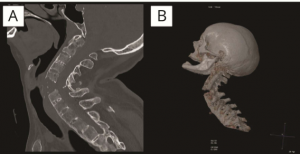
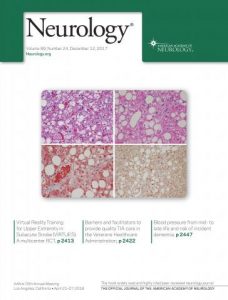
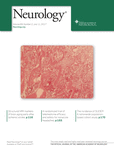 A patient’s “unusual” brain cyst excited several researchers in China so much they published a paper about it in a major journal. Soon a reader identified a glaring mistake: the authors had described the cause of the cyst incorrectly.
A patient’s “unusual” brain cyst excited several researchers in China so much they published a paper about it in a major journal. Soon a reader identified a glaring mistake: the authors had described the cause of the cyst incorrectly. 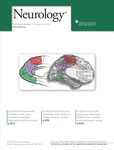 Neurology has partially retracted a 2016 paper, replacing a figure and removing the author who contributed it
Neurology has partially retracted a 2016 paper, replacing a figure and removing the author who contributed it 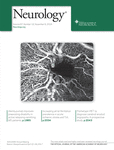 A new analysis of more than 30 clinical trials co-authored by a bone researcher based in Japan is casting doubt on the legitimacy of the findings.
A new analysis of more than 30 clinical trials co-authored by a bone researcher based in Japan is casting doubt on the legitimacy of the findings.
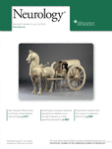

 A Korean stem cell journal has retracted a paper on a controversial Italian treatment that involves harvesting stem cells from bone marrow and injecting them back into the patient.
A Korean stem cell journal has retracted a paper on a controversial Italian treatment that involves harvesting stem cells from bone marrow and injecting them back into the patient.